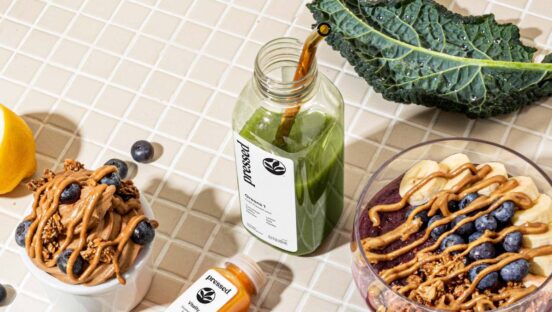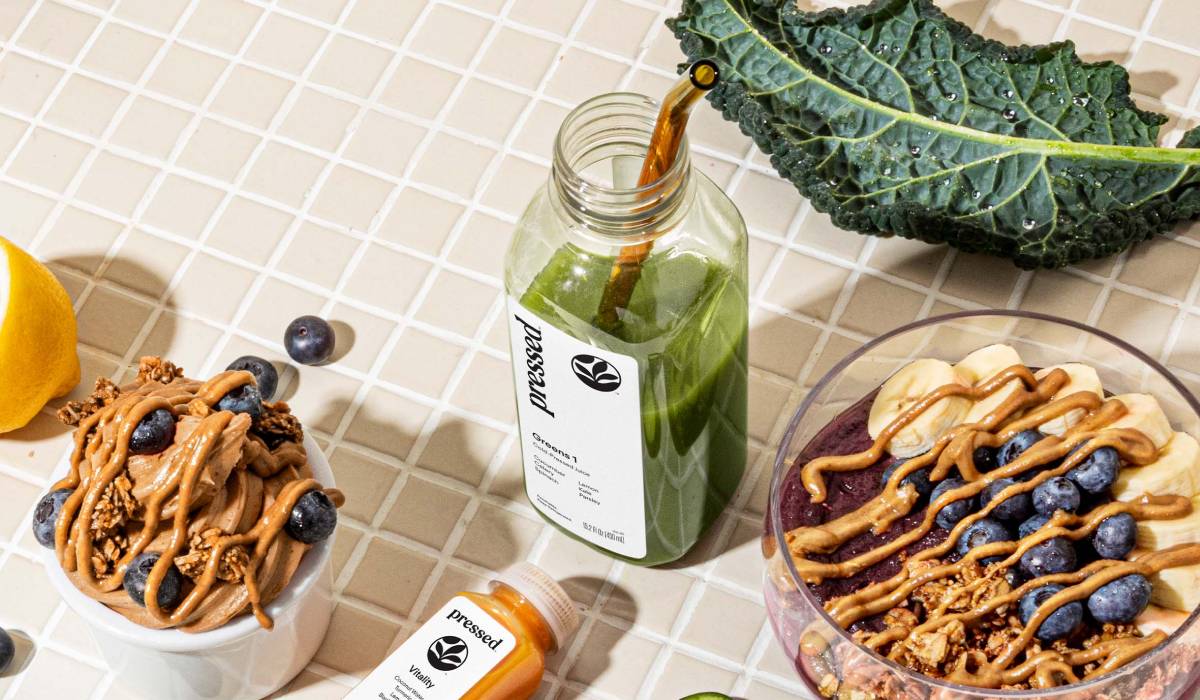Consumer demands for personalization and relevance are facing an Amazon-like shift in foodservice. Guests today now expect the same tailored experience and frictionless ordering in their digital food experiences as they do with ecommerce.
Georgia Price, director of digital and CRM at healthy and wellness company Pressed, viewed the shift as an opportunity. Could the brand become more connected with users? Could it attract new ones?
In the past year, Pressed boosted engagement and open rates, and worked 1:1 on levels that promise even further growth.
Price chatted with QSR about the journey, and why although the pandemic might have expedited this trend, it’s been a focus of omnichannel companies for years.
Let’s start with how the pandemic changed channels of communication with consumers. How did Pressed use digital and CRM to engage and build relationships during a time when the face-to-face part of the equation became far less common?
The pandemic shifted everything online, from how brands communicate promotions to how customers order and engage with menu options. Pressed was uniquely set-up to manage the pandemic’s swing toward digital ordering. As an established omnichannel brand, Pressed already offered customers online pickup and delivery options, as well as nationwide shipping. This left us with a strong foundation with which to build our customer base, but we also wanted to further engage the customers we already had. To do this we’ve focused on personalizing communication channels based on the customer’s preferred fulfillment method and building out robust multi-channel post-purchase lifecycle journeys to capitalize on increased comfort with digital communication from brick-and-mortar brands. Customer-centric tools like Braze for Commerce, a new solution from customer engagement technology vendor Braze, allow restaurants to view each customer as a true individual, with unique preferences from flavors to communication channels. Since onboarding with Braze, we’ve seen a 10 percent increase in engagement and an almost 40 percent increase in open rates year-over-year.
How did you collect guest feedback during this time?
We sent net promoter score (NPS) and customer satisfaction (CSAT) surveys for all orders on Pressed.com.
What are consumers looking for in their digital experience with restaurants these days? How has that changed over the past two-plus years?
The acceleration of hybrid shopping behaviors and heightened customer expectations means that consumers now expect personalization and are comfortable with retargeting. There is an expectation that previous purchase history or explicit preferences will be considered when opting-in to marketing communications. Consumers are becoming more open to sharing their information and preferences to help develop their digital experiences because there’s more communication and transparency from restaurant brands around how they will use this to further personalize and increase that experience. Consumers want a 1:1 experience with a brand, so that they can make decisions quickly and efficiently. And they expect this type of communication across all channels, without a break in the level of personalization or a gap in the brand’s knowledge of their preferences.
While the pandemic expedited this trend, it has been a focus for omnichannel companies for years prior. Over the past two-plus years, the industry has seen an increase in investments in customer engagement and omnichannel marketing technology.
In some ways, are restaurants more equipped now to offer the personalization guests want?
Absolutely. We can use your purchase history to recommend new products, offer a unique promotion, or nudge you to visit a nearby location. And the higher emphasis on e-commerce and digital transformation brought on by the pandemic means increased investments in machine learning/AI. This can help to better understand customers and predict what they would be most interested in. The shift online forced the industry to re-evaluate how to market to customers and put the individual at the forefront of these new initiatives.
What kind of perks within digital communications are customers really asking for at this juncture?
Loyalty programs that reward both new customers and repeat purchases. Increasing inflation rates means that consumers may be ditching their historical brand loyalties in favor of cheaper prices. To stay loyal to a brand, consumers are looking for compelling loyalty programs, and companies are rising to the challenge. In a recent survey of 500 restaurants, merchant services company Square found that 42 percent of restaurants planned to invest in customer loyalty programs.
Additionally, digital communications can offer real-time updates, such as when a new seasonal menu item drops. No-touch delivery also became more widespread during the pandemic, resulting in an expectation from consumers that a brand’s digital communications can provide updates on food delivery status and payment without having to come in contact with a driver.
Where do you think this one-to-one relationship goes from here for restaurants? Is it rewards and loyalty? The metaverse? Something we’re not talking about?
Restaurants need to continue to expand their ordering options, increasing their ability to make products and brands more accessible. We can understand what you want, and the next phase is understanding how we get you what you want. We can expand on existing loyalty programs to engage customers in new ways—think experiences and community-building—while offering unique brand relationships.
The metaverse can be a new way to build an online community of consumers in an engaging way, and certainly many in the food industry are diving in. It is important I think to remember that brand loyalty will stem from truly listening and understanding your customer, whether that’s in the metaverse or in their inbox.












